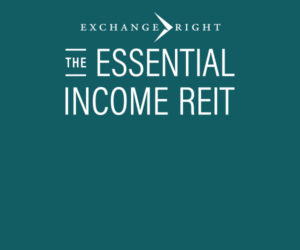Research Brief: Housing
June 30, 2022 | Marcus & Millichap
Early Signs of Housing Price Recalibration as Higher Interest Rates Stunt Affordability
Prospective buyers deterred by decade-high mortgage rates. The Fed increased its overnight rate for a third time this year in mid-June to a target range of 1.50 to 1.75 percent, an aggressive response to persistent inflation as the Consumer Price Index climbed at its fastest pace in over 40 years in May. The Fed messaged its intent to continue lifting rates to temper inflation in the coming months, likely sustaining upward pressure on the cost and criteria to obtain a home mortgage. The average rate for a 30-year fixed-rate mortgage in the U.S. soared to 5.8 percent in the second half of June, up more than 250 basis points from the start of this year and the highest register since 2008. With home prices still at historic levels, this has presented another hurdle for potential buyers, leading to a notable slowdown in sales activity.
Owners adapt as affordability collapses buyer pool. Fewer existing homes sold in May than in any month since the second quarter of 2020. This moderation coincided with a six-month high in the number of home listings, a signal that purchases are now being reduced by forces other than a low for-sale inventory. During much of the past two years, the lack of homes on the market was the predominant buying constraint, but affordability is beginning to have a heavier influence. Single-family brokerages noted declines in tour requests and other engagements in recent weeks, prompting sellers to be slightly less aggressive with pricing as the market begins to settle. Still, the median price of an existing home rose for a 24th consecutive month to $403,300 in May.
Not all spending pulling back. U.S. residents are becoming more cost-conscious amid widespread inflation and rising interest rates, as seen in the single-family housing market. Several retail segments parallel to housing posted spending declines in May, including furniture and electronics. With fewer people upsizing or purchasing their first home, demand for these types of goods could remain hindered in the foreseeable future. On the other hand, a contraction in consumption is not all-inclusive. In fact, grocery and dining-related spending reached record marks in the month of May, while overall core retail sales climbed marginally.











